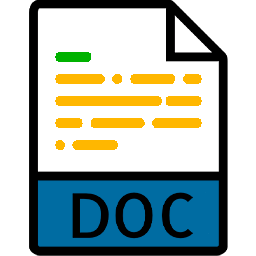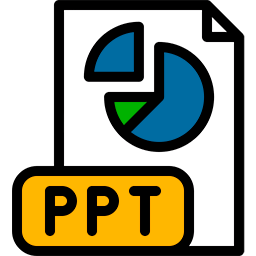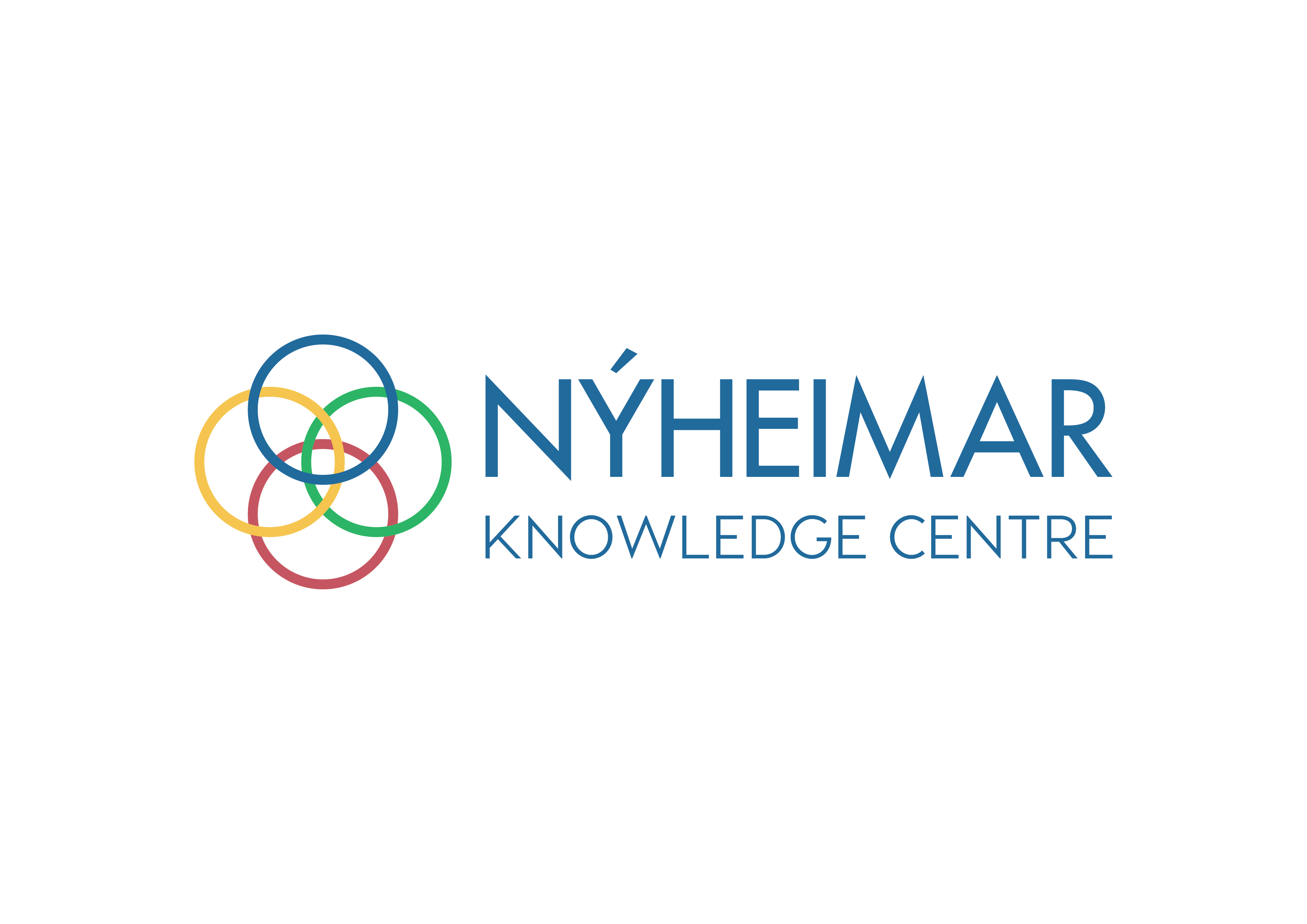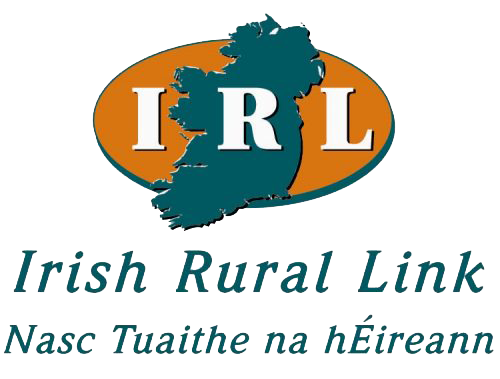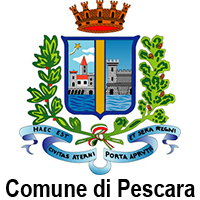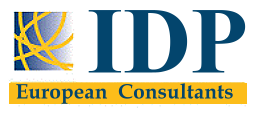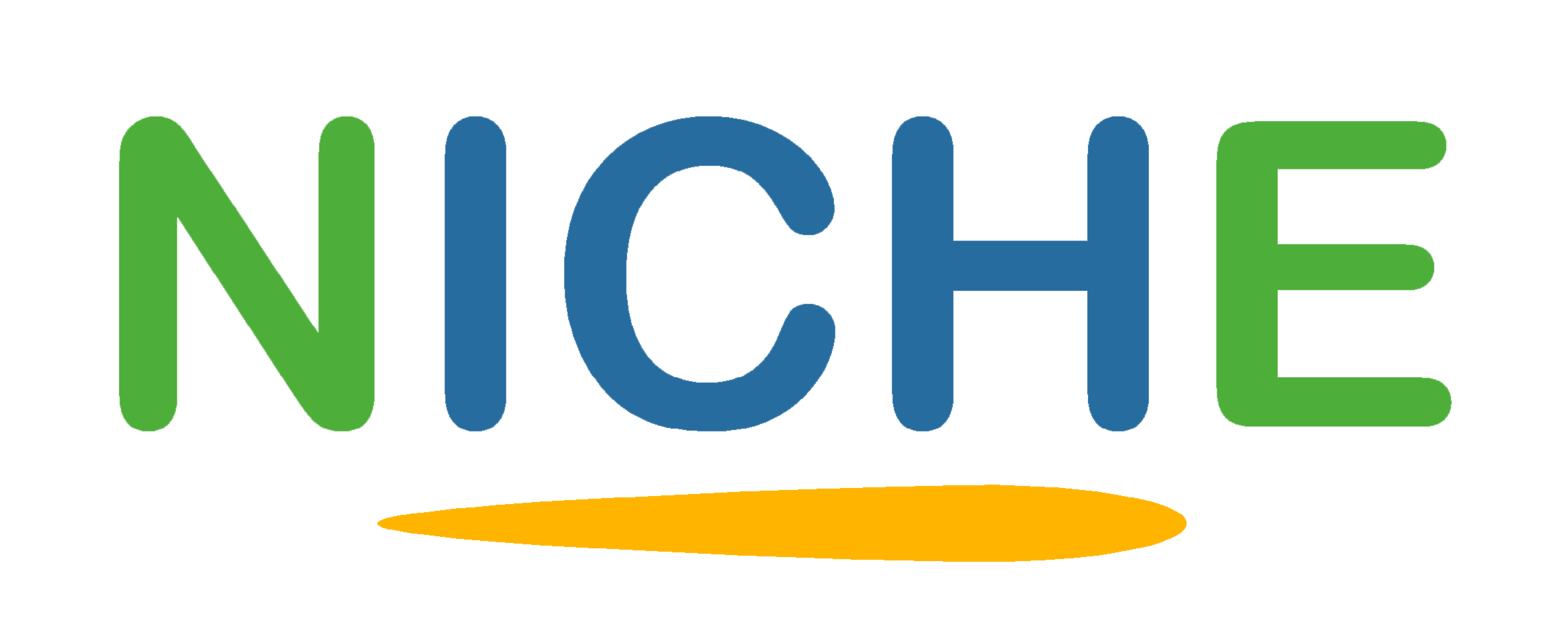
VIDEOS
| |||||||||
|
Goals GoalsClick to read
Financial Education and Management Literacy Financial Education and Management Literacy: Introduction Notes Click to read
The topic of financial education and literacy is extremely relevant and very much debated. All large International organisations seem to be particularly proactive in this specific training area. The World Bank, OECD, International Labour Organisation, United Nations all developed their own international scale initiatives aimed at strengthening financial literacy – with particular reference to marginalised and disadvantaged communities, developing countries, rural areas, women and other targets at high risk of socio-economic marginalisation. The efforts go on… …for instance, as we speak, the European Commission is collaborating with the OECD to develop a Financial Competence Framework for the EU. Financial Education and Management Literacy: an EntreComp’s approach Click to read
The Entrepreneurial competence framework developed by the JRC of the European Commission lists “Financial and Economic literacy” as a stand-alone competence to nurture, develop and strengthen a sence of initiative and entrepreneurial spirit. Financial and Economic literacy belongs to the second training area of the framework, the one related to RESOURCES, along with: • Self-awareness and self-efficacy
• Motivation and perseverance
• Mobilising resources
• Mobilising others
2.4 Financial and Economic LiteracyClick to read
The EU Commission’s choice to gather this competence with the other listed in the previous slide is very interesting: while all the other competences of this area refer to attitudes and mindset, 2.4 is the only one at high technical-intensive coefficient. In the view of the European Commission, being proficient in the basics of finance and economics is as a strategic resource for excellence and performance as being motivated, focused and inspired. Eventually, you should keep this in mind when dealing with difficult circumstances that challenge your spirit, but also your technical and sector specific knowledge… A Deeper Look into 2.4 Click to read
As per framework, the competence is described as follows:
By assessing the previous table, we might notice that 2.4 is a competence with a three-dimension focus:
In other words, the EntreComp seems to link the same training areas for both entrepreneurial aspirations and resilience to the concrete and actual profitability of the idea: a keen sense of initiative and a fiery motivation might lead to a disaster if numbers (i.e., €) are not rationally pondered… A great idea might not be necessarily financially viable (due to prohibitive investments or unsustainable profit margins). On the other hand a profitable idea is always a great idea to consider and work on… Financial and Economic Literacy: threads and sub-competencesClick to read
The EntreComp framework lists four detailed threads linked to competence of no. 2.4 that are instrumental to master at least the essentials of finance and economics: • Understanding economic and financial concepts
• Budget
• Find funding
• Understand taxation
For each of these threads, users can self-assess their proficiency level by referring to the 8-dimension progression model developed by the framework and generally applied to each thread of each competence. Financial and Economic Literacy: Understanding Economic and Financial ConceptsClick to read
This competence is really about familiarising oneself with common terminology used in business and management: • KPI
• Break even point
• Supply, demand and market price
• Stock VS bonds
• Price elasticity of demand
• Economies of scale
• Economies of learning
• Strategic Business Unit
• Diversification strategy
• Value chain
• Etc.
Financial and Economic Literacy: BudgetClick to read
Budgeting is about being able to forecast cash flow needs per each cost category. Each function requires a certain amount of economic resources to perform their given tasks: the final budget assigned to each function/process/team (depending on the label of the cost category) will result from reliable and robust estimations based, for instance, on benchmark with historical data. Skillful budgeting comes with experience: as activates move on throughout time, entrepreneurs gather a critical mass of references and experience that will help them to better orientate their future budget-related decisions. There are several methodologies that can be applied for budget planning and forecasting, we will go through them in the second unit of this module. Financial and Economic Literacy: Find fundingClick to read
…in other words, finding people willing to invest in the organisation/business idea in exchange for an interest rate. The “traditional” funding source is represented by the banking system. However, nowadays there is a very large cohort of stakeholders from both the public and private sector that can be of interest for this specific tasks: • Super angels
• Angels
• Venture Capitalists
• Crowdfunding
• EU funding opportunities
o Structural funds
o EU programmes
For further details please refer to the next unit. Financial and Economic Literacy: Understand taxationClick to read
As per EntreComp framework, understanding taxation is about: The toolbox for strategic management in ICH Toolbox for Business and Strategic Management: Introduction to the Unit Click to read
In the course of this unit, we want to provide users with consolidated tools and models that they can rely on to strategize their organisations. The tools that you are going to be exposed to represents the key essentials of your management literacy and will support you in: • Better understanding the concrete potentials of your business
• Scoping new opportunities and ways to bridge the gap with the market
• Reaching competitive advantage and higher performance standards
Please consider that these tools have not been developed in reference to a specific sector or industry. As such, they fit perfectly to Intangible Cultural Heritage and the markets you normally operate in.
Business Model Canvas, BMC Click to read
As of today, the BMC remains the favourite tool for aspiring and established entrepreneurs to frame and conceptualize the business model of their organisation. By business model we refer to the way in which an organisation/business generates value and pursues economic sustainability. The BMC is intended to be printed out and filled in by participants with post-it notes, graphs, drawings…whatever they feel might generate a contribution. Typically, it is a teamwork activity but there is no real boundary to its use. Participants brainstorm together on the very core elements contributing to the definition of the business model. The BMC includes nine clusters of resources to which these core elements might refer to. As users might notice, the design of the tool does not suggest a standard fill order…as a matter of fact, users can proceed as they wish for themselves. Here is a tentative guideline for your consideration:
Budgeting and Cost Structure Click to read
Talking about (8.) Cost Structure and (9.) Revenue Streams, we take this opportunity to go back to the EntreComp’s thread of Budget so as to present the most common methodologies for cost structuring and budget forecasting: • ANALOGUE: benchmarking from past (and similar!) experiences
• PARAMETRIC: historical data are recalculated on the basis of the current circumstances
• TOP-DOWN: from the grand amount, distribute the budget on each specific cost-category
• BOTTOM-UP: from the budget allocated to each cost category, generate the overall budget (and discuss it)
Is there a budgeting methodology better than the other? …no, there isn’t. The applied methodology really depends on the given context – for instance, In the case if we dispose of robust and reliable historic data and information, the ANALOGUE methodology represent certainly the way to go… In general, the allocation of the budget should be compliant to three guiding criteria: • Consistency
• Impact
• Sustainability
In other words, is the allocated budget coherent to the resources absorbed by the given task/process/working group, etc.? Porter’s Value Chain Click to read
Source: Michael E. Porter, Competitive Advantage, 1985, p.87
Another acclaimed model to “visualise” a firm’s value equation is the so defined Value Chain. In the view of this framework, an organisation is an ongoing process of activities that transform raw materials in goods and services for the public. Business' activates are divided into two categories: • Primary (Core) Activities: those that directly contribute to the generation of outputs.
• Support Activities: those that are instrumental to the processing of inputs, and without which outputs could not be generated by Primaries.
Porter’s Five Forces Click to read
Source: Michael E. Porter, “How Competitive Forces Shape Strategy”, Harvard Business Review, May 1979 (Vol. 57, No. 2), pp. 137–145.
We also own to Michael Porter another cornerstone of strategic business management. The Model of Five Forces is a reference framework to analyse and assess the competitive dynamics of a specific industry/sector. The framework includes five variables (“forces”) shaping competition and the competitive challenges faced by an organisation. 1. New Entrants
2. Negotiating power of suppliers
3. Negotiating power of buyers
4. Substitute products (or services)
5. Competitors themselves
For further details on the framework, please visit: How Competitive Forces Shape Strategy, HBR by Michael E. Porter New forces on the horizon: integrating Porter’s model Click to read
Other authors integrated Porter’s efforts with new contributions and identified other sources capable of influencing the competitive potentials of an organisation: • Industry growth rate. It has been observed that fast growing industries accelerate and “magnify” competitive dynamics as they attract new organisation and new investment.
• Technology and Innovation. New technologies tempt to provide for greater competitive margins (i.e., better customer experience, better usability of the product, or more in general, greater efficiency and effectiveness = cost reduction = higher margins of profit).
•Government. A standalone force, as it can greatly influence the course of competitive advantage on many industries (defence, health care, energy, etc.).
• Complementary products and services. Imagine if the entire automotive industry goes “electric”, what would the impact for oil companies?
The DEMING’s cycle Click to read
Deming, W.E., 1950. Elementary Principles of the Statistical Control of Quality, JUSE.
If you read any management handbook recently, it is highly possible that you stumbled across things such as Lean Manufacturing, Total Quality Management (TQM), Just In Time (JIT): audit framework applied in Japanese industry from the second half of the last century. In reality, they all take inspiration from a US author, W. Edwards Deming, who came in contact with Japan's’ industrials after the second World War. As of today, the DEMING cycle remains one of the most consolidated, robust and reliable framework to evaluate organisational processes and their compliance to internal monitoring standards. The model owes its large-scale diffusion to its great ease of application, user-friendliness and linearity. |
Test Yourself! 
Related Case Studies:Description:
Better proficiency and familiarity with robust, trustworthy and reliable management literature
Keywords
Education, training, economics, management, communication
Objectives/goals:
Help targets:
• Familiarise with the Entrecomp approach to management literacy
• Assess your progression in management literacy
• Exploit new tools, frameworks and techniques for strategic management
Bibliography

 Play Audio
Play Audio 

